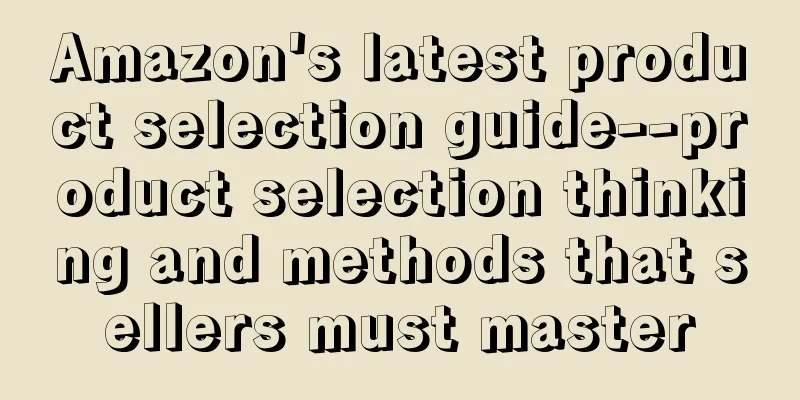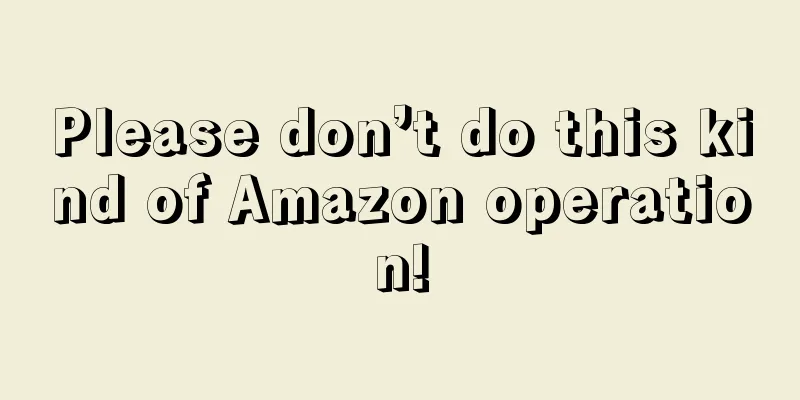What does the seller's ideal product look like? It probably has the following characteristics
Large market demand
Large profit margin
Smooth logistics
Products have core competitive advantages
Low brand viscosity
Low vulnerability to damage
Low legal risk
If a product has the above characteristics, it will most likely become a "hot item" and bring considerable profits to the seller. So what ideas and methods should sellers follow to correctly choose the corresponding products?
We can start with the following steps
1. Get inspiration for new products
You can check the corresponding products from the Best seller, New Relsases, Movers & Shakers, Most wished For, Gift ideas and other columns on the Amazon page for reference.
Read industry magazines and media such as Reddit, AllTop, YouTube, etc.
Participate in more industry exhibitions.
2. Research product market performance and potential
Product potential can be analyzed from the following perspectives
Sales trends, compliance, intellectual property, seasonality, return rates, product satisfaction, product attribute preferences, top brand attributes, advertising competitiveness, special effects product price ranges, market competition level, and market capacity.
Product satisfaction can be considered from the perspective of customer acceptance of the product, acceptance of new products, overall satisfaction, and product return rate.
The degree of market competition can be analyzed based on the number of products on hand, the proportion of top brands, CN competing sellers, and advertising competition.
3. Clarify product costs and expense budget
After completing the second step, we need to evaluate our own advantages, such as whether we have an advantage in price and cost, whether our supply chain is stable, and whether the quality of our products is up to standard.
Typical costs include the following:
Product cost = production cost + packaging cost
Amazon operating costs = monthly service fee + UPC fee + photo shooting fee + sales commission + delivery fee + advertising fee + storage fee + promotion fee + other fees
Logistics cost = operation + tariff + (possible overseas warehouse return and relabeling fees + labeling fees)
Sales profit = sales - product cost - Amazon fees - logistics costs - foreign currency collection fees
4. Find suppliers and discuss cooperation details
Once you have identified the product you want, you can look for the right supplier. It is best if the supplier has experience in producing similar products, and it is best for the seller to ask to see sample products to ensure quality.
5. Improve products and launch new products
When the product has achieved a stable growth rate in the market, you can consider product optimization and iteration, and launch new products to meet the continuous demand of target customers in the market.

